Revealed: Igor Levit’s new passion
mainIgor Levit has just announced at the Heidelberg Festival press conference that the centrepiece next March will be the Sequentia Cyclica by the English composer Kaikhosru Shapurji Sorabji, to be played by Jonathan Powell.
The Sequentia, written in 1948-49, consists of 27 variations on the Dies irae and lasts about eight hours. It was premiered by Powell in Glasgow in June 2010.
Sorabji (1892-1988) is a closed book to most music lovers.
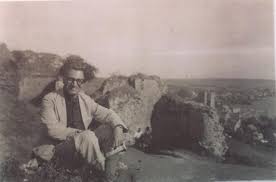
More here.

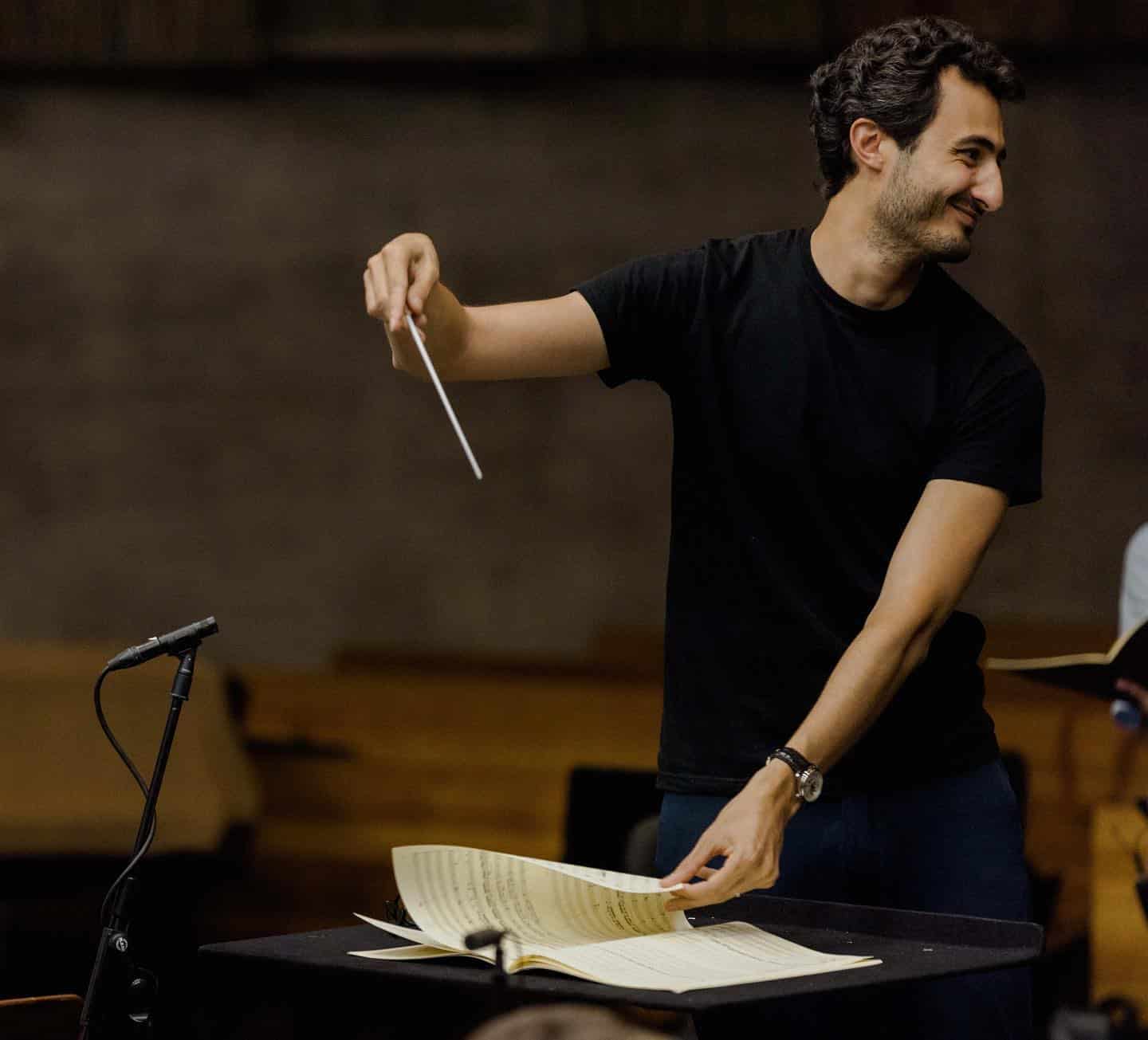
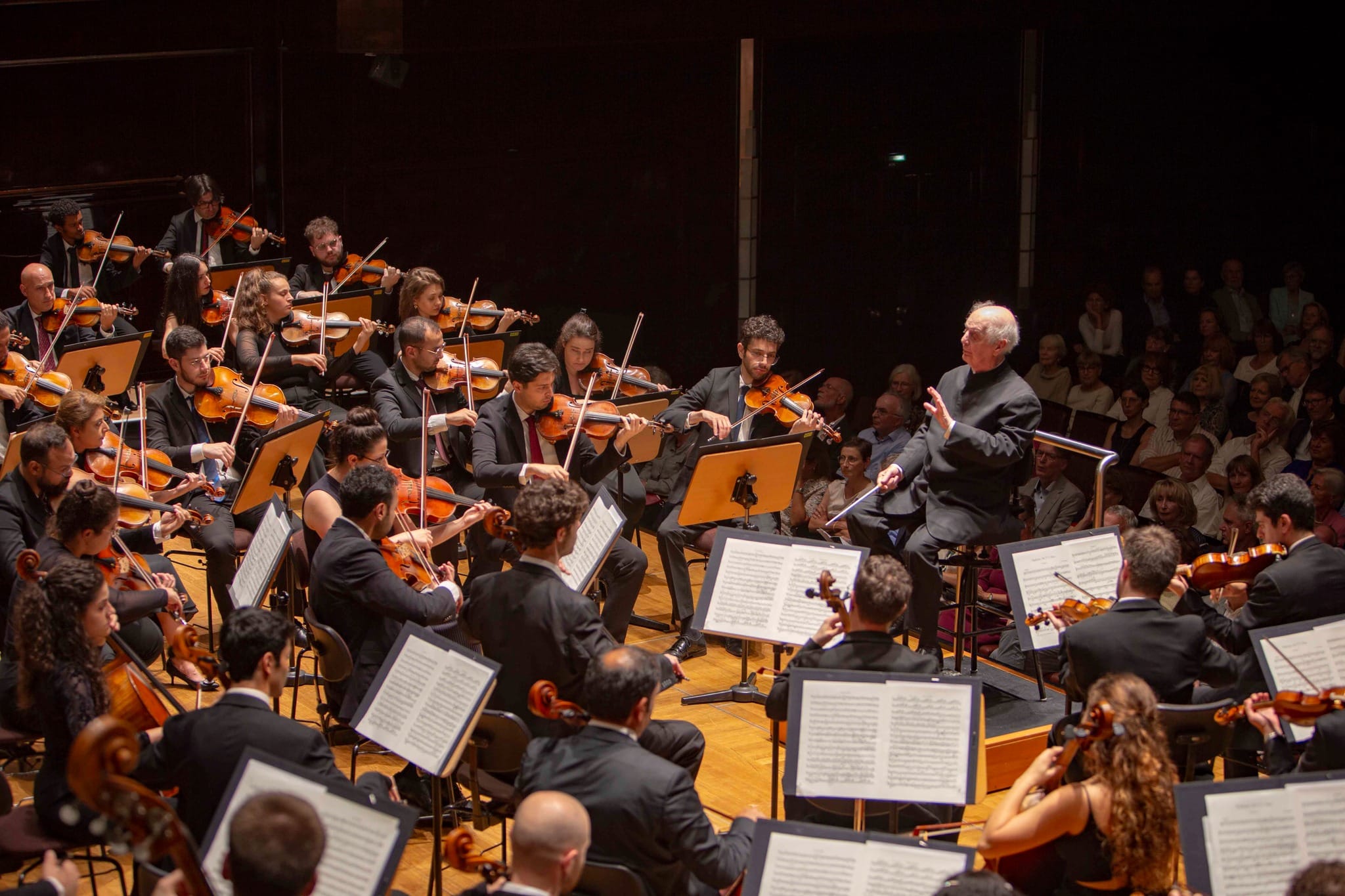
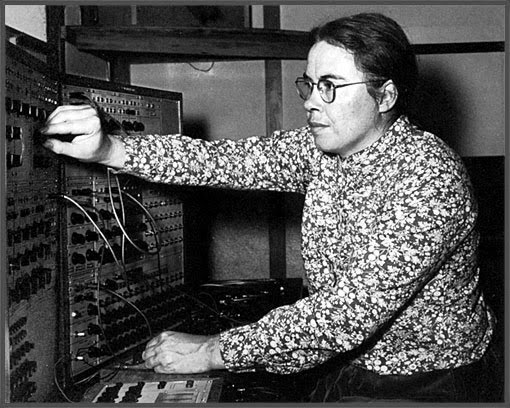
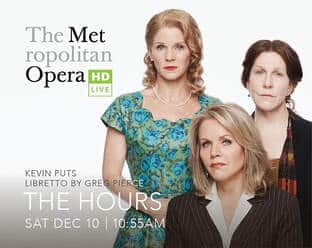
This is truly great for Jonathan Powell – he’s a fine and very underrated pianist.
In fact, Norman, the headline should have been about that:
“British pianist Jonathan Powell to perform mammoth Sorabji at Heidelberg”. Or something…
Better than the eye-roll headline that simply fuels Levit’s attention-seeking, quasi-activist, crying baby, ego.
What’s the deal with you constantly (and obviously) feeding the Levit baby?
For a moment, when I saw the headline, I thought wow! A second pianist has also spent years of his life learning Sorabji’s massive cycle. What luck! Only to find that it was not so.
But, if you care about Sorabji, the 100 Transcendental Etudes (almost 8½ hours on 7 discs, so even bigger than the Sequentia Cyclica!!) has just been finished with the 2 last records being released in December now. Played by the incredible neuroscience Professor Fredrik Ullén, who made a sensation with the first (and, according to Ligeti himself, best) recording of the Ligeti Etudes. On BIS, of course.
I agree with your sentiment and headline regarding Jonathan Powell (though I might add the word brilliant). I do feel, however, that your statements regarding Mr Levit are both bloated and unnecessary.
Sorabji thought that the more notes you put into a piece, the better it gets. A not very professional thought. It’s music without suspenders and without bar lines, and as orderly as an ant heap:
https://www.youtube.com/watch?v=HlnEBCSqIro
https://www.youtube.com/watch?v=c0dv1KsN_nk
https://www.youtube.com/watch?v=_OrAewTxBrc
https://www.youtube.com/watch?v=eD4MY3rmrXI
Here is the man himself, playing a piece on his steinway at home:
https://www.youtube.com/watch?v=VZs01TevxbM
It sounds as written after a booz night.
Fortunately the man was totally neglected during his life, so that he now will be celebrated as a suppressed minority group, helping the cause of diversity.
Booze John, it’s spelt booze in English, what is booz? Do you not have “booze ups” in Amasterdam?
Half a bottle of Hennessey and you are fit for an Irish funeral we say in Ireland.
Harold Truscott might suit you better.
https://www.youtube.com/watch?v=CApY_vhnzr4
Doc Martin : thank you so much for introducing Harold Truscott to us ( or to me at any rate ) . I had never heard of him or his music until now, but it has a splendidly bittersweet flavour, perhaps with reminiscences of John Ireland and York Bowen . I shall look forward to hearing more of this
Sorry, but this comment is 1) utter nonsense when compared to simple facts (such a can be gotten by listening to the music and using the score thereof) and 2) typical of the sadly very often encountered arrogant stance of “if I do not like/understand it, it must be crap”.
For your information, an ant-heap is extremely orderly, but someone who simply blunders over it would not notice.
Sorabji and his music are not ‘celebrated’, certainly not as or like a ‘supressed minority group’, and what the link is intended to be with ‘the cause of diversity’ I do not know. What I do know is that Sorabji’s music does not fail to impress me in all possible ways. I’ve heard a few things live, including Sequentia Cyclica, and these events stay in my mind like few others do. And, for the record, I am a musical layman.
So many people never let their ears grow up beyond the diaper stage, and thus listen only to sh*t. But do enjoy Einaudi and the like.
An ant heap has an invisible ordering which is, for the onlooker, impossible to perceive, so there may be order in Sorabji’s music but it is not perceptable for the listener. It is not meant to be perceptable, much really sounds like improvising without any goal or direction in mind, just going-on and on and on and on etc. People who cannot stand some criticism of some type of music think that criticizing something can ONLY be the result of ‘not understanding’. That is a simple trope of modernism: if you understood it, you would wholeheartedly embrace it. The possibility that someone can fully understand a piece of music and therefore find it wanting, is considered an impossibility. Such is the simple world view of the over-sensitive.
“perceptable”? What is that in which language? You are in no position to act as arbiter for every istener any more than I am, so please top tring to do so; indeed “the simple world view of the over-sensitive” seems to be just what you are seeking to express here, without any supportive evidence as to its being shared by a majority of others…
Sorabji thought nothing of the kind. Where is your evidence for this claim?
Sorabji’s music is not without barlines, as anyone who has his scores knows.
Sorabji and his work were not “totally neglected during his life”, nor would it have been “fortunate” had they been so.
How he “now will be celebrated as a suppressed minority group” is unclear, since he was an individual composer, not a “group”. As it happens, some three quarters of his 100+ mss. have been typeset, well over 50 CDs of or including his work have been released, most of which remain available today and of which no less than 11, containing almost 20 hours of his piano music, have been issued this year alone and many hundreds of performances and broadcasts of some 7 of his works have been given in around 30 countries.
Given the above – and suppressed minorities and total neglect clearly do not apply – it would be as well for anyone attempting to make statements such as this one to do their homework first.
Some irony obviously got lost.
And, by the way, I carefully listened to the pieces that I linked, and I did not see barlines.
The music would have won immensily if there were some more feeling of form and some discipline in term of textures. Complicated does not mean ‘better’. If so many notes are needed to get something across, and over such long time without any serious contrast, there is a good reason to be sceptical.
We learn to make aesthetic judgments by comparison. Not to condemn, but to understand timeless aesthetic parameters, that are interpreted again and again differently, but which refer to our inborn perception framework of relationships. This is not a fixed thing, but it cannot be stretched to be filled with endless meandering without the music loosing eloquence.
Sorabji could have learned concentration of thought from Debussy – not one note without meaning, and the notes are few:
https://www.youtube.co/watch?v=MJZc_UAwG1o
Also in virtuosic textures, Sorabji could have learned how to shape a concentrated and expressive narrative:
https://www.youtube.com/watch?v=UjHDpuCYq9Y
“Sorabji thought that the more notes you put into a piece, the better it gets.”
How would you know? Sorabji wrote some very long pieces as well as very short ones (and many that fall “somewhere in between”). His works contain both dense climaxes and sparse textures (there are indeed examples of both in the videos you linked). The works of Sorabji’s late period are generally texturally thinner, as a cursory glance at their scores shows.
“It’s music without suspenders and without bar lines, and as orderly as an ant heap”
Two of the four links right below your statement contain pieces that use baroque forms. Perhaps those are too random for your linking and you prefer the strict “determinism” of serial compositions or Ferneyhough, but I doubt you hold that music in high esteem either.
“Here is the man himself, playing a piece on his steinway at home”
If you knew basic facts about Sorabji’s life, you would know that he was far from being a skilled pianist, had arthritis when he made that recording, and deviated considerably from the score.
“Fortunately the man was totally neglected during his life, so that he now will be celebrated as a suppressed minority group, helping the cause of diversity.”
Unless you can establish that every Sorabji enthusiast and promoter is championing every other composer originating from a “suppressed minority group” with equal fervor and intensity, I’d skip this rhetoric.
The links I added were the pieces I randomly found on YouTube and commented upon. No doubt there will be other pieces. They gave a quite clear impression of the musical thinking, and I think there are good reasons why the enthusiasm of some people for such often very complex and overly-long works, wrapped in myth, deserve some scepticism. Indeed Ferneyhough is something of the same kind: composers who need such masses do, as a rule, not have much meaningful to ‘say’ and therefore resort to quantity and complexity. The complexities of most good, truly good music, are of an inconspicuous kind, because they are a means to an end and not a means in itself.
I offer my sincere apologies for having stepped onto some aesthetic toes.
Too many notes! Wasn’t that Mozart’s problem!!?
But that were very different many notes.
In this case I will keep to Mozart.
I wonder if anyone will ever dig up some Harold Truscott?
Here are some of his sonatas. There seems a wrong note or chord at the start or maybe just meant to sound that way?
https://www.youtube.com/watch?v=CApY_vhnzr4
“A closed book to most music lovers”? Where is the evidence for this and what parameters have been used in the attempt to measure this immeasurable statistic? A minority interest, yes – but then the same could be said for most “classical” music, be it Mozart or Ferneyhough, Haydn or Xenakis, Brahms or Sorabji.
Hardly a helpful or enlightening comment since you have, after all, seen fit to draw attention to this monumental work’s next performance. Its recording, released earlier this year on the Dutch Piano Classics label (PCL10206) has attracted critical encomia as well as the Preis der deutschen Schallplattenkritik.
Forget Sorabji, here is some Turlough O’Carolan played on a Ferdinand Weber upright harpsichord, 1764 owned by Lord Oranmore and Browne. Although intended for wire strung Irish harp, it adapts quite well on this historic instrument.
Here is a delightful recording of Sean O Riada playing some O’Carolan pieces on the 1764 Ferdinand Weber upright harpsichord, at Lord Oranmore and Browne’s residence Luggala in county Wicklow. There is another Weber harpsichord in the National museum in Dublin and one I own built a bit later in 1775.
It is a particularly happy piece of planning that Sean O Riada played some of the blind harper Carolan’s pieces and the other traditional Irish airs and dances that are presented on this record on an Irish-made eighteenth century instrument.
Upright harpsichords though known on the continent in the seventeenth and eighteenth century were not as common as their convenient shape might suggest. Raymond Russell in The Harpsichord and Clavichord (London 1959, p. 50), points out that the disagreeable effect of the jacks plucking directly in front of the player’s face, combined with the intricate arrangement of retaining each jack with a spring instead of gravity did much to defeat its popularity. Sean O Riada I remember, also noticed the first of these points when recording for this record..
This harpsichord or clavicytheriam is inscribed ‘Ferdinandus Weber’ on the keyboard and it was Ferdinand Weber who brought the upright form to Ireland. He came to Dublin after his apprenticeship to the Saxon Royal organ builder Hahnel, and opened a workshop in Werburgh Street in 1739. When Handel came to Dublin in 1741 he was a frequent and evidently gluttonous visitor at his house.
Weber was so successful as an organ builder and harpsichord maker in music-loving Dublin that he moved to larger premises in Marlborough Street in 1750 and made instruments for such virtuosi as Dean Delany, Lord Mornington, Thomas Roseingrave and others in the fashionable world; charging between £22 and £36 for a harpsichord.
Further information about Weber including a translation of his Certificate of Apprenticeship appears in W. H. Gratton Flood’s ‘Dublin Harpsichord and Pianoforte Makers of the Eighteenth Century’ in The Journal of the Royal Society of Antiquaries of Ireland (V’Ol. XXXIX, 1909, pp. 131-145). A piece of paper found inside the instrument was dated 1764 and Weber made it for Henry Prittie, later created Baron Dunnalley at the Union of 1800. Mr. Prittie had a town house in Kildare Street and a robust pedimented Palladian house in County Tipperary.
The harpsichord probably stood in his Dublin drawing-room in the eighteenth century. Sean O Riada’s appreciation of this harpsichord not only as a maker of music but as a superb piece of Dublin craftsmanship was typical of his wide taste and appreciation for all periods of Irish history. Even though Prittie was not a patron of Carolan and both his houses have since been pulled down. the music that might have been heard in their once splendid rooms is vividly brought back to us though Sean’s playing. This performance can therefore act as an eloquent symbol of the awakening interest in a century of Irish history that for unfortunate reasons has been too long neglected.
https://www.youtube.com/watch?v=9Yu3o_UtlYc
The ignoramuses who you marked you down Doc know nothing about real culture. Luggala was sold for 28m Euro to a reclusive Italian Count.
Yes MB, there are lots of them about who would not know a slip jig from a reel, let alone a crotchet from a quaver. O’Carolan spans the 17th -18th centuries, but his music is far older and timeless.
£36 for a harpsichord, was a lot of money in 1764! The Chieftains played at Luggala also they had masked balls, I recall attending one mad one as a medical student dressed as Wellington, they had 24 oboes in a band playing the Fireworks music!
One mewmber of the Chieftains was the pianist / oboist / harpist and so much else the late Derek Bell, who was a great admirer of Sorabji and Godowsky among others…
Followed by “Ludis Tonalis” as an encore, no doubt.
Ludis? Ludicrous?
Perhaps just a coincidence, but a former Dutch citizen calls Holland “a flat anthill.” He and his wife now run an inn just south of Scotland, where until recently they hosted musical events.
I heartily agree with the praise of rederik Ullen and Jonathan Powell and their recodings of Sorabji and J. S. Bach.
Very nice!!! Sorabji is one of my very favorite composers of the 20th century. His fugues are absolutely monumental. At one point I had every record/CD ever of this composer. I saw Jonathan Powell perform Opus Clavicembalisticum (11th ever?) in NYC, something I shall always treasure.